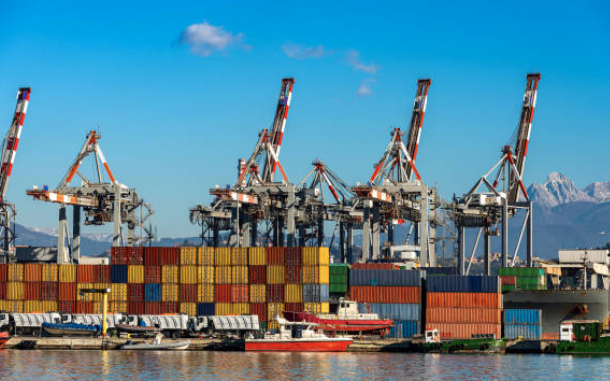This guide outlines the essential steps for a smooth import process:
1. Understand Import Regulations
- EU and National Laws: Italy, as part of the European Union (EU), follows both EU-wide regulations and national laws for importing machinery. Roll forming machines fall under the category of industrial machinery, and they must comply with specific directives, including:
- CE Marking: All machinery imported into the EU must bear the CE mark, which confirms conformity to European safety, health, and environmental protection standards.
- Machinery Directive (2006/42/EC): Roll forming machines must meet the requirements of this directive to ensure they are safe for use in the EU.
- EMC Directive (2014/30/EU): This relates to electromagnetic compatibility to ensure the machines do not interfere with other electronic devices.
- Low Voltage Directive (2014/35/EU): Applicable for electrical equipment to ensure safety when dealing with high or low voltages.
2. Customs Procedures
- Tariff Codes: Proper classification is necessary for calculating customs duties. Roll forming machines typically fall under HS code 8455 (Metal-rolling mills and rolls).
- Duties and VAT: Italy applies the EU customs duty and value-added tax (VAT). The standard VAT rate in Italy is 22%. However, customs duty may vary depending on the specific type of machine and origin of manufacture.
- Customs Declaration: You must submit an Intrastat declaration if you import machinery from within the EU. For non-EU imports, you’ll need a Single Administrative Document (SAD).
3. Documentation Requirements
The following documents are necessary for customs clearance:
- Commercial Invoice: This should include details like the buyer and seller, the price paid, and a description of the machine.
- Bill of Lading (BOL): This serves as proof of shipment and contains information about the cargo.
- Certificate of Origin: It verifies where the machine was manufactured.
- Import License: Not always required, but it’s essential to check if any import restrictions apply to your specific machine.
- Inspection Certificates: These may be required to prove that the machine complies with EU regulations and is safe for use.
4. Logistics and Shipping
- Freight Forwarding: Hire a reliable freight forwarder experienced in handling heavy machinery. They can assist with:
- Documentation
- Shipping arrangements (by sea or air)
- Insurance to cover potential damages during transport.
- Incoterms: Determine the Incoterm (e.g., FOB, CIF) in your purchase contract to clarify responsibilities regarding shipping costs and risks.
- Packaging and Transportation: Ensure the machine is properly crated and packed for international shipping, as roll forming machines are often large and sensitive.
5. Post-Import Considerations
- Installation and Safety Checks: Once the machine arrives in Italy, ensure that it is properly installed and tested for compliance with Italian safety standards.
- Maintenance and Technical Support: Plan for the availability of spare parts and technicians for machine upkeep.
- Training: Operators may need training to handle the new machinery effectively.
6. Tax Implications
- VAT Reimbursement: If you are an Italian business importing the machine for use in your production processes, you may be eligible to reclaim VAT as part of your business expenses.
- Import Duties: Depending on trade agreements or the origin of your machine, you might be able to apply for duty exemptions or reductions under specific trade agreements.
7. Financing Options
- Leasing or Purchasing: Depending on your business cash flow, consider leasing the machine from the supplier, which can offer tax benefits, or obtaining financing from Italian banks or European investment funds.
8. Hiring an Import Agent
- To ensure compliance with all laws and smooth handling of the documentation and customs clearance, consider hiring a customs broker or import agent familiar with Italian and EU import procedures.
Conclusion
By adhering to EU and Italian regulations, preparing the required documentation, and collaborating with reliable logistics partners, importing roll forming machines into Italy can be a smooth process. Make sure to keep updated on any changes in Italian customs laws or EU directives that may impact your imports.



